Each year, the Men’s Titanic Society gathers to honor the men who gave their lives to save women and children.
-
Summer 2022
Volume67Issue3
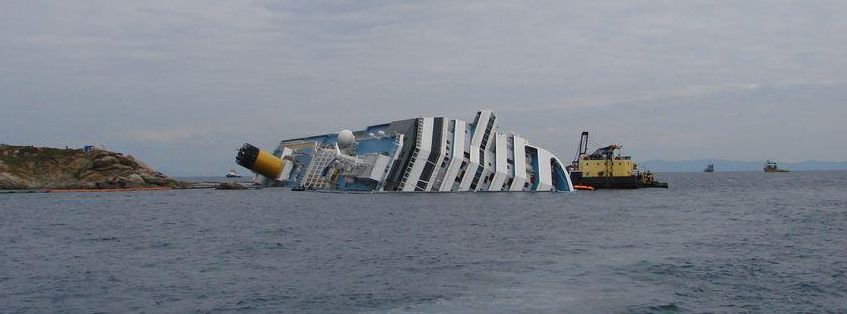
Perhaps we shouldn’t have been surprised in January 2012 when the captain of the Costa Concordia abandoned his ship as it sank in frigid waters off the coast of Italy while 300 passengers and crew remained aboard. Of them, 32 died, many unnecessarily; they remained in their cabins due to poor communication. The captain was sentenced to 16 years in prison.
Swedish researchers recently confirmed that, in most maritime disasters it’s “every man for himself.” Their study published in the Proceedings of the National Academy of Sciences, looked at maritime disasters from 1852 to 2011, with data on 15,000 passengers and crew of more than 30 nationalities. They found that captains and crew nearly always look out for their own safety first. Men on board typically have twice the survival rate of women. Children fare the worst.
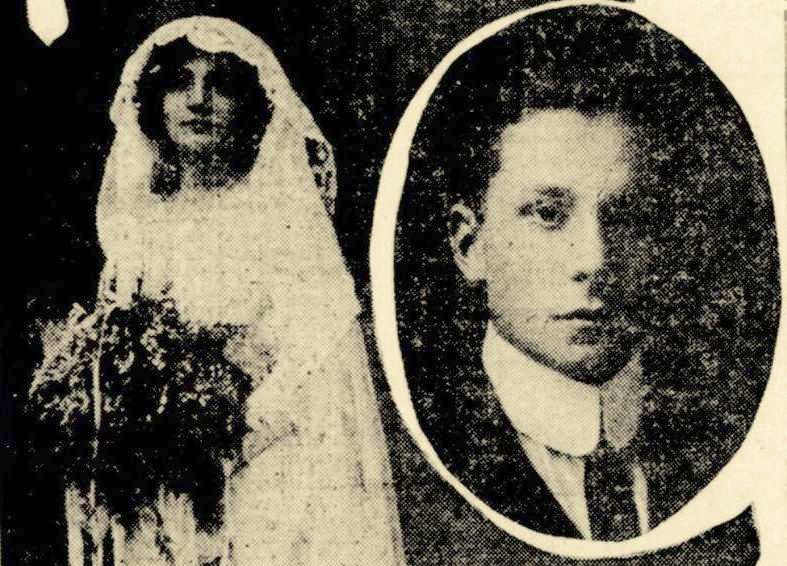
The drama of the Titanic early in the morning of April 15, 1912 was a famous exception. As the ill-fated ship began to sink into the icy black water of the North Atlantic, Captain Edward J. Smith ordered women and children first into the lifeboats, knowing there were only enough spaces for half the people on the ship.
While some lucky (or resourceful) men later were able to climb onto overturned lifeboats or floating wreckage, most died quickly in the 28-degree Arctic water. Only twenty percent of the men were saved that night, while 70 percent of the women and children survived.
The day before, Titanic had received seven wireless warnings about the ice ahead, but kept to a strict schedule, the “unsinkable” ship plowing ahead full-speed at 22 nautical miles per hour. Officers warned Frederick Fleet, the lookout in the crow’s nest, to keep an eye out for icebergs, but he wasn’t given a pair of binoculars. By the time he saw the danger ahead, it was too late to steer the massive ship from its tragic destiny.
Before he joined Titanic on the maiden voyage, Thomas Andrews, the naval architect who had drawn up her plans, remarked to a friend that the ship was “as nearly perfect as human brains can make her.”
After the collision with the iceberg, Andrews and Captain Smith raced eleven stories from the bridge down to the hold, where they discovered that the first five of the ship’s 16 watertight compartments were rapidly flooding, more than Titanic was designed to withstand. They realized the ship would sink in hours.
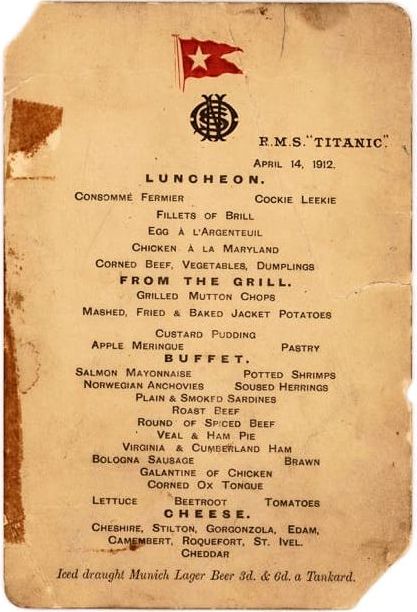
After Captain White ordered women and children into the lifeboats, Andrews ran from boat to boat urging the women to hurry. “Ladies, you must get in at once. There is not a moment to lose!” A few hours later, he would go down with the ship he had designed.
First-class passenger Daniel Marvin had danced with his new bride Mary that evening. He later helped her into a lifeboat with the words, “It’s alright, little girl. You go. I will stay.” Daniel’s body was never recovered. Mary later gave birth to a baby girl.
Benjamin Guggenheim remained with a group of other millionaires in first class, including John Jacob Astor, George B. Widener, and John B. Thayer.
“We are prepared to do down like gentlemen,” Guggenheim declared. He gave his steward a message for his wife, in the event the man survived. “Tell her I played the game out straight and to the end. No woman shall be left aboard this ship because Ben Guggenheim was a coward.”
After so many maritime disasters during two world wars, the
tragedy of the Titanic was largely forgotten until Walter Lord published his essay “Maiden Voyage” in the December 1955 American Heritage, later expanded into the bestseller, A Night to Remember.
For the last 43 years, a group of journalists and media executives calling themselves the “Men’s Titanic Society” has gathered in formal evening dress, most recently at the National Press Club, to commemorate the disaster on the evening of its anniversary. Between glasses of champagne, they recite stories of heroism and partake of a meal similar to the fare on Titanic’s menu in first class.
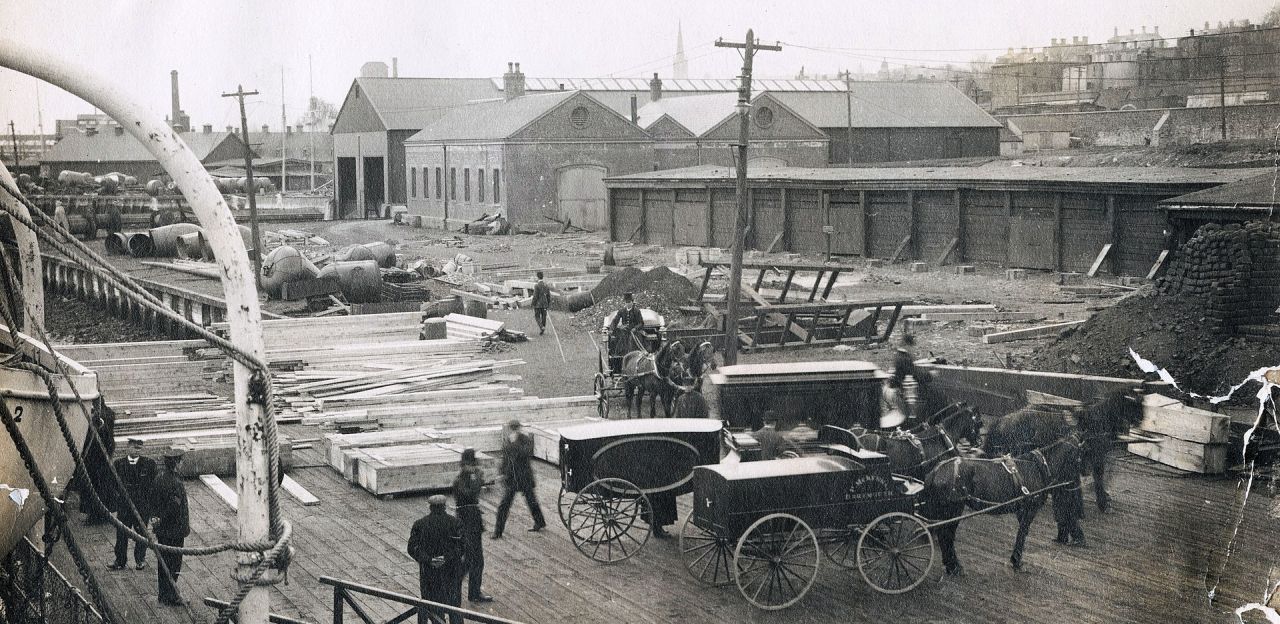
Last April, Michael Freedman, former general manager of CBS Radio Network News, led the group in remembrance by reading an eloquent narrative of the drama. “As we sit here tonight, at this very moment 110 years ago, Titanic's first-class passengers had just finished dinner,” he began.
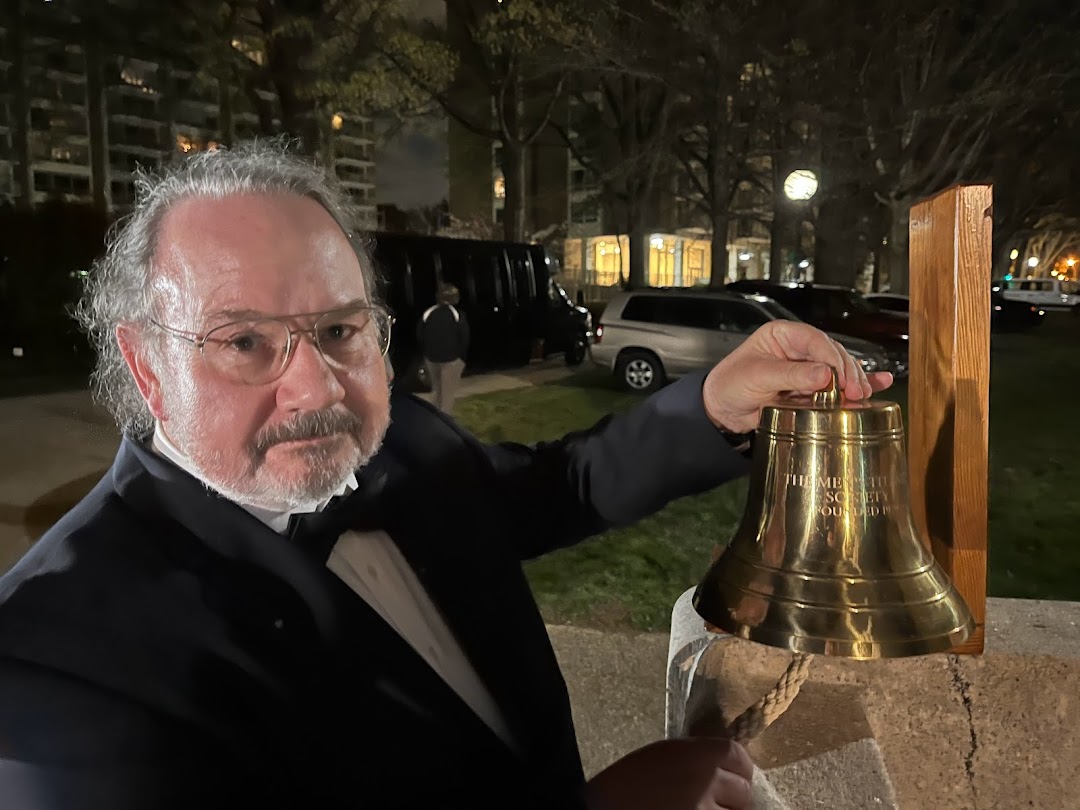
Freedman then read recollections of some of the survivors, especially ones involving poignant moments when men were separated from their wives and family. He concluded by saying, “Tonight, as we raise our glasses to those brave men… let us remember what they faced and what they gave in those last cold hours of the ‘unsinkable’ Titanic.”
“To those brave men,” toasted the others at the table again in unison.
After midnight, the group boarded a chartered bus to the Titanic Memorial, a granite statue in southwest Washington, D.C. designed by sculptor and heiress Gertrude Vanderbilt Whitney and dedicated in 1931 by Helen Taft, the widow of President Taft. Ms. Whitney was an accomplished artist whose design for the memorial won in open competition. Also one of the premier collectors of modern American art, she later formed the Whitney Museum of Art in New York after the Metropolitan Museum turned down the offer of her collection because it didn’t collect American art.
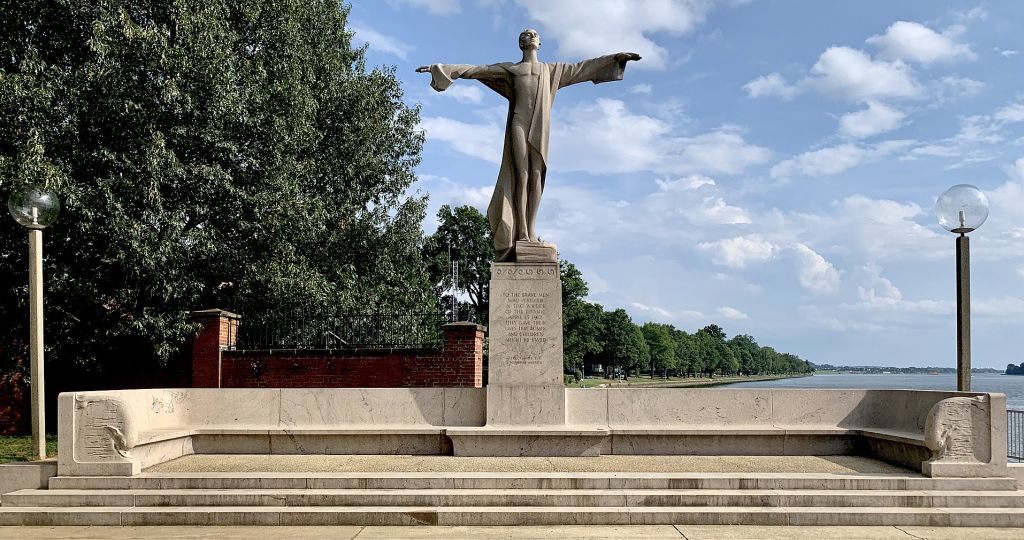
In the cool air of that early April morning, a small crowd of Washingtonians familiar with the annual ceremony gathered to watch. The men in tuxedos stood shoulder to shoulder in front of the memorial as Chris Cavas, a journalist at Defense News, solemnly rang a ship’s bell to begin the event. Above, a full moon poured an eerie light down on the memorial.
Proclamations and toasts were read, each followed by a chorus of “To those brave men.”
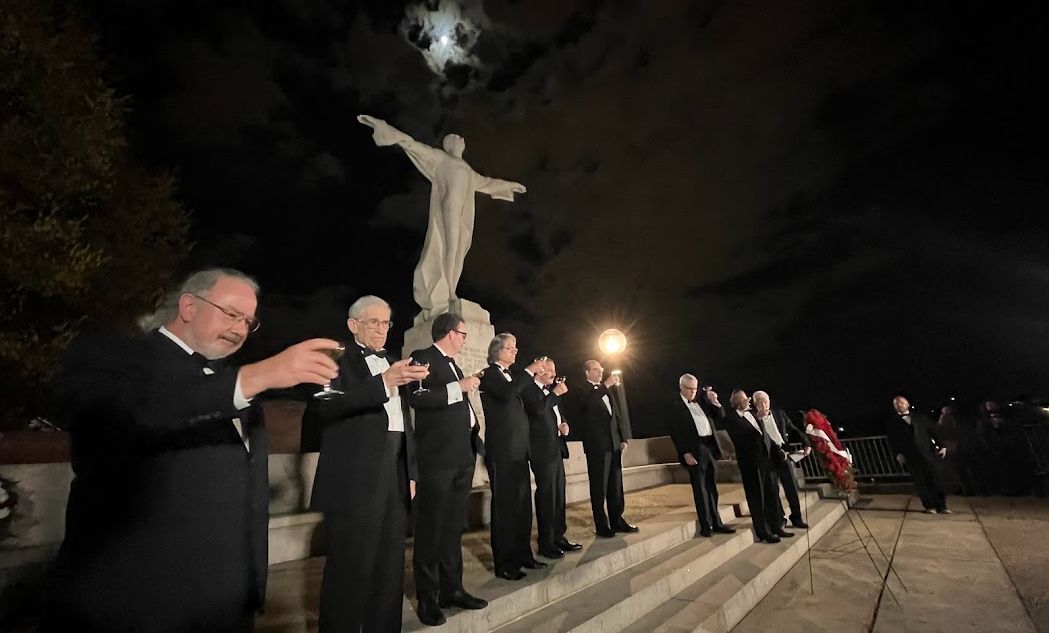
Finally, television producer Sheldon Schwartz led the group in reciting the inscription on the memorial:
TO THE BRAVE MEN WHO PERISHED
IN THE WRECK OF THE TITANIC
APRIL 15, 1912
THEY GAVE THEIR LIVES THAT WOMEN AND CHILDREN
MIGHT BE SAVED
A final gulp of champagne ended the ceremony as members of the Society split up to chat quietly with onlookers and take photographs. Then they returned to a warm bus to leave the memorial in peace, content with their effort to keep alive the memory of some 1,500 unlucky souls.
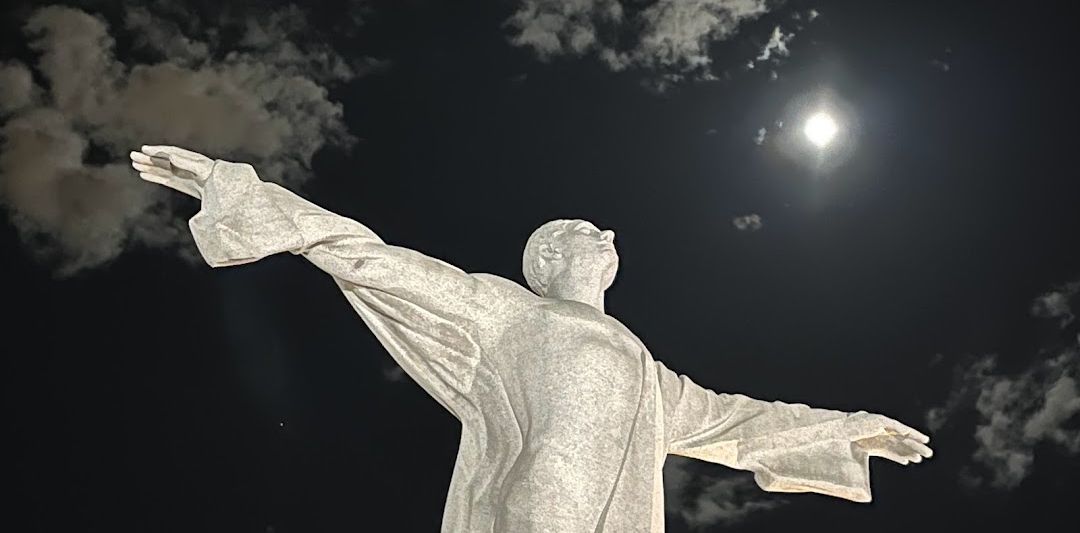
This essay is published in memory of Jim Silman and Max Schindler, two of the founders of the Men's Titanic Society, who recently passed away. Special thanks to John Allen for organizing this year's event.

